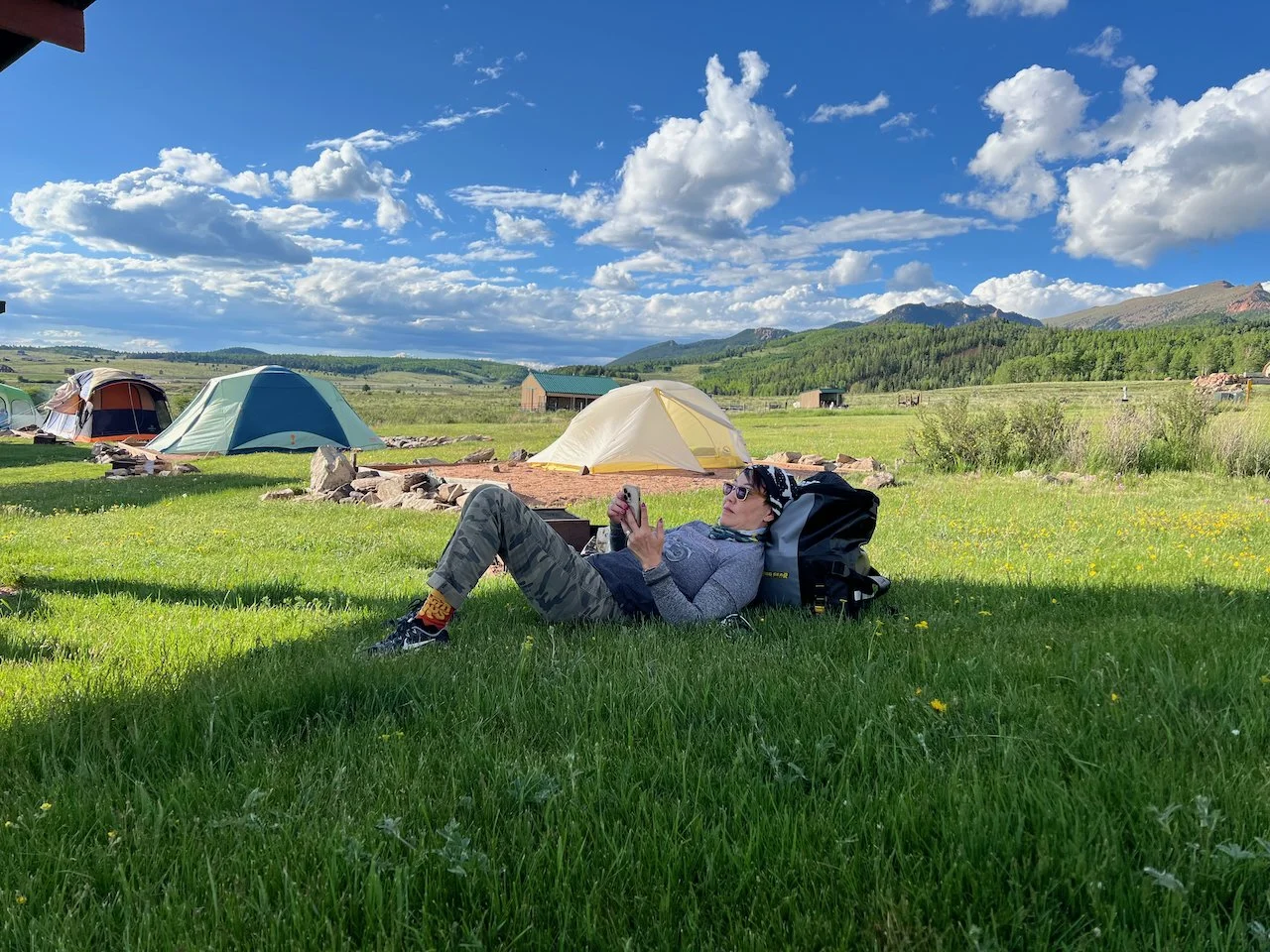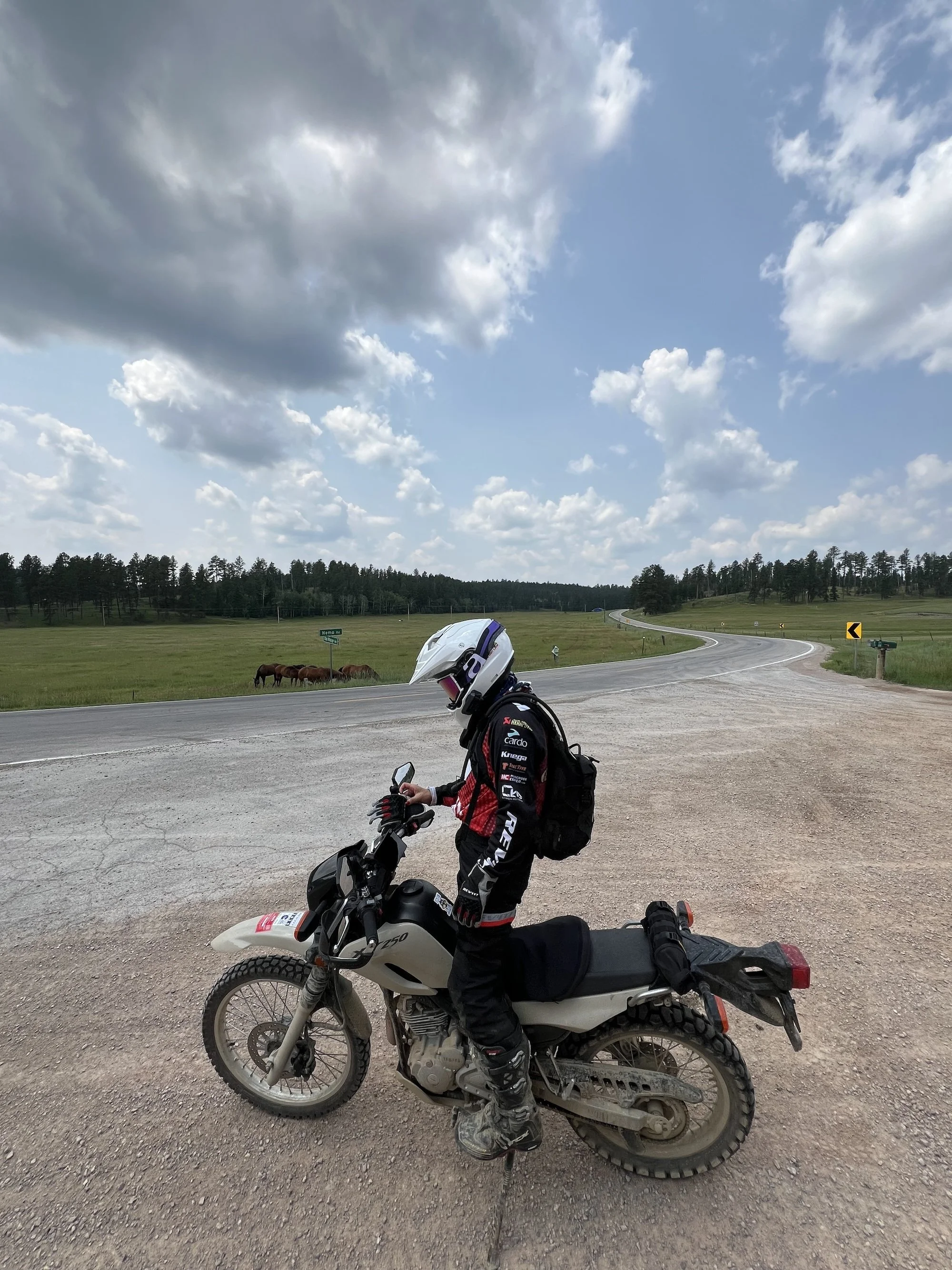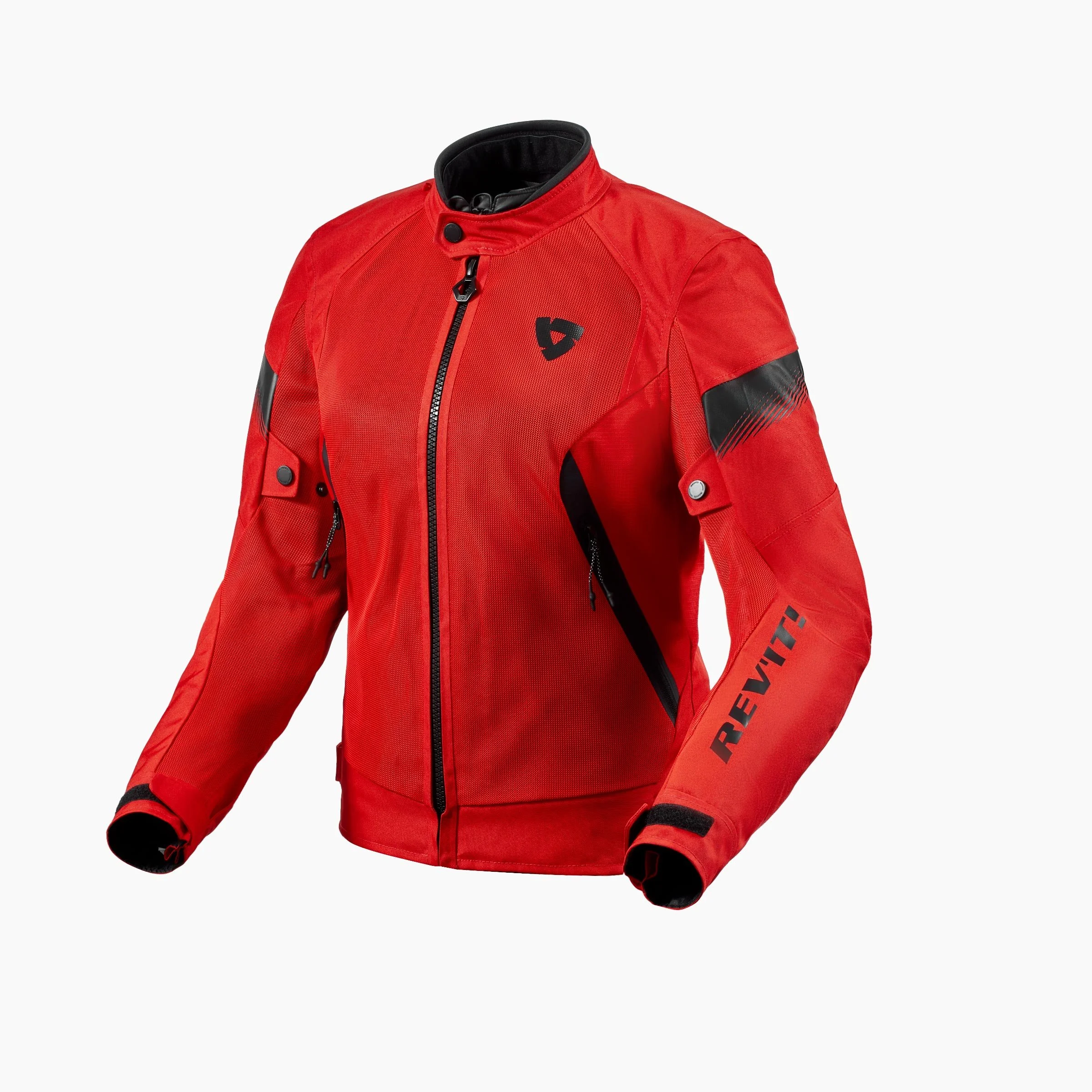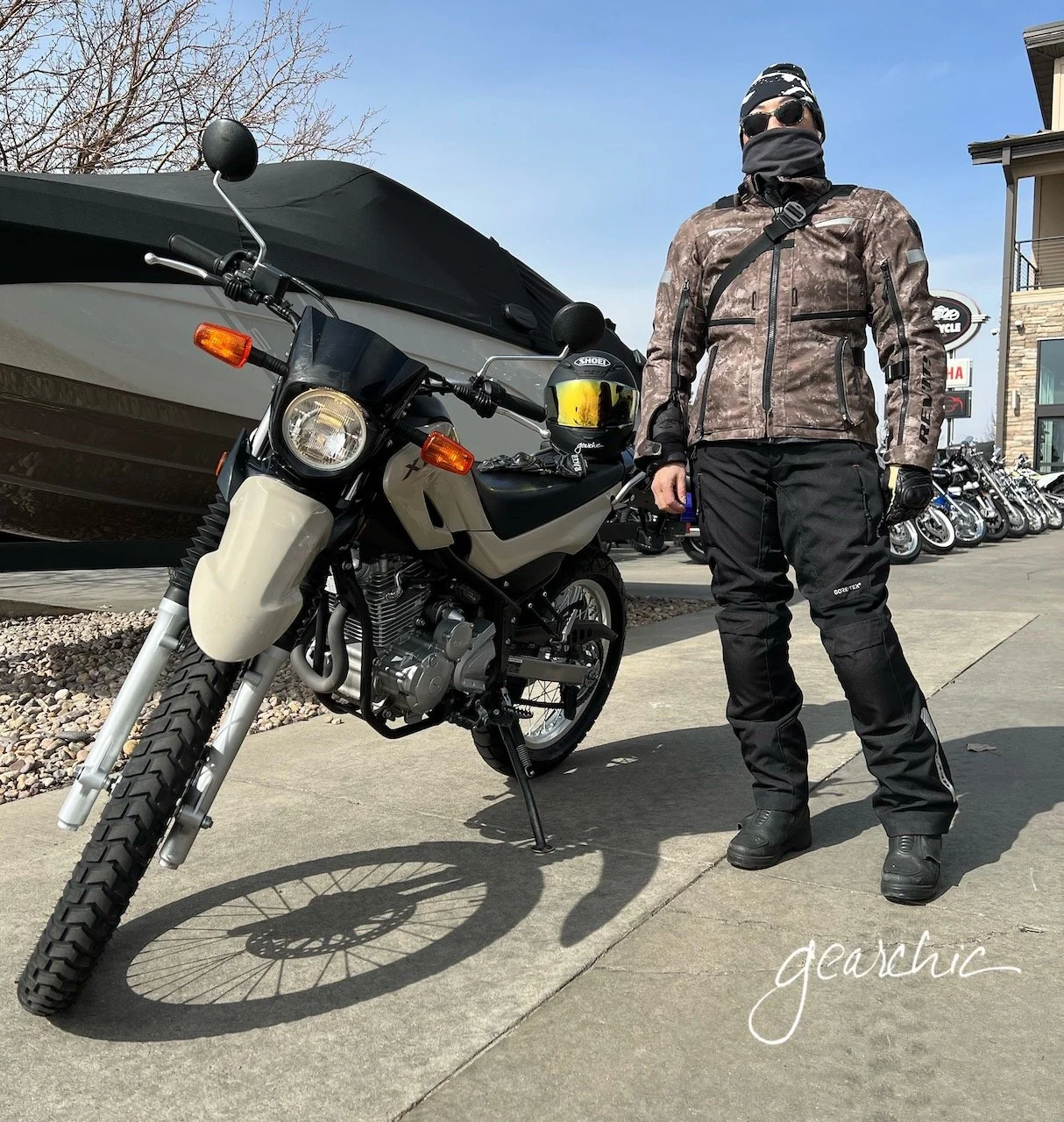Just in case you can't get your own copy of City Bike magazine for April, I'm pasting a copy for you to read below. I wrote it for those of you who are new to motorcycling, might be a vertically challenged (not short!) man or woman, and could use some tips to help you overcome the obstacles you may be facing as someone new to riding a motorcycle.
Enjoy!
******
Selling Yourself Short
City Bike Magazine New Rider Issue
April 2010
Congratulations! You’ve completed your MSF course. You found a bike, and you’re out there practicing every day. If you’re not out there practicing every day, why is that? Maybe you’ve even dropped it a couple times, and now you’re doubting yourself and your ability to ride. It also doesn’t help that you’re vertically challenged, with a 28”-29” inseam. You’re also wondering how you’re going to get any better at this, gain confidence and at the same time, increase your skills?
Having a short inseam, I know how challenging this can be. When you decide to ride a motorcycle, it’s a bit like jumping into a relationship. Taking your MSF class signifies the ‘marriage’ between you and the decision to ride a motorcycle. Now that you’ve taken the plunge, it’s time to put all those skills to use. Only riding a few miles a week, or worse, every couple weeks isn’t going to take you and your new commitment very far. You now know that riding is a body/feel or “muscle memory” intensive activity. If you don’t get out there and practice every minute you have a chance, everything you’ve learned will go to waste. When I first started riding, I really had to force myself to get out there and ride. I was so intimidated by the height and weight of my first scooter and my first motorcycle. But pushing myself further and further has brought me to where I am today.
If you’re feeling discouraged, don’t give up! First, if you think you’re having trouble due to your height, I want you to consider all the flexible options you may have with adjusting your bike in small ways such as: a narrower custom seat, adjusted suspension, handlebars, etc. Most modern motorcycles have lots of after market options that will allow you to make these kinds of adjustments with surprising results. Sometimes the slightest difference in handlebar height or seat position can make the bike feel completely different to you.

Second, make sure that you’re riding the right bike for YOU. If someone else chose the bike you now ride, I strongly urge you to consider the possibility that the bike is having a negative effect on your riding skills. It may have nothing to do with your height at all! If you talked yourself into the wrong bike, why aren’t you looking for the right one? Ask yourself if the bike fits your needs. Are you really riding something that’s appropriate for your skill level? Or, did you get talked into a bike that really isn’t the best one for you? Keep in mind that it’s more important for you to choose the right bike for right now, not 6 months down the line. You can always sell a bike and buy something else when the time comes. Perhaps a 250cc sportbike isn’t the best option. What about a 200cc street legal dirtbike, or a 150cc scooter? When you ride something that weighs ~250-275lbs, it can be a lot easier to jump from that to something that weighs ~350lbs. When you get used to the weight of a small dirtbike, or even a scooter, it can make that next step so much easier and less stressful to deal with. If I hadn’t spent 3500 miles on a 50cc scooter, I don’t think I ever would’ve been able to make the jump to a 250cc sportbike.
Third, are you following the braking procedures you learned in your class? Are you grabbing your front brakes, instead of squeezing them? Maybe you’re not using your rear at all, which can add stability when you come to a stop. Or maybe your throttle control still needs a little work. You’d be amazed at how improving these techniques can change and/or improve your ability to ride. Remember that you’re trying to achieve a seamless transition from going 20-30mph, slowing down and then braking to a complete stop. When your braking technique is messy, it can ruin your ability to stop smoothly, and handle the full weight of your bike.
 Lastly, what kind of riding boots are you wearing? Are you still wearing the cheap hiking boots you bought just for the class? Maybe it’s time to invest in a good pair of solid, protective boots that give you far more traction in the ball of your foot. I’ve never been flat footed with both feet on any of my bikes, or even my first scooter! I worked on stopping with my left foot first and finessing my braking technique so that I didn’t feel the need to have both feet down at every single stop. When you put your feet down, that can send a strong message to your brain, in terms of how you feel about the motorcycle. If you’re wearing regular street shoes, I can almost guarantee that you have minimal traction at best, and probably minimal protection. Protective boots will also have slightly thicker soles, and in some cases, enough to add up to 2” of vertical height, depending on the brand.
Lastly, what kind of riding boots are you wearing? Are you still wearing the cheap hiking boots you bought just for the class? Maybe it’s time to invest in a good pair of solid, protective boots that give you far more traction in the ball of your foot. I’ve never been flat footed with both feet on any of my bikes, or even my first scooter! I worked on stopping with my left foot first and finessing my braking technique so that I didn’t feel the need to have both feet down at every single stop. When you put your feet down, that can send a strong message to your brain, in terms of how you feel about the motorcycle. If you’re wearing regular street shoes, I can almost guarantee that you have minimal traction at best, and probably minimal protection. Protective boots will also have slightly thicker soles, and in some cases, enough to add up to 2” of vertical height, depending on the brand.
I know there’s a lot to think about right now, and you might be a little overwhelmed, if not discouraged by this stage in the learning process. But I hope that you won’t give up unless you’ve explored all the options available to you as a new rider. Remember that riding is truly a lifelong experience, and even those of us who have ridden thousands of miles (because it’s not about time, it’s about miles!) have trouble every now and then and we could all use a little help on the journey to become a proficient rider.
Joanne Donn is the proud owner of a 2003 Suzuki SV650S. Prior to that, she rode a 2006 Kawasaki Z750S, a 2004 Kawasaki Ninja 250 and a 2003 Aprilia Scarabeo 50cc scooter. When she’s not riding, she works part time for the Int’l Motorcycle Shows, runs her website, works part time as an MSF RiderCoach in San Francisco and at Scuderia West in apparel sales.
You can find her at GearChic.com, or send an email to joanne@gearchic.com.















